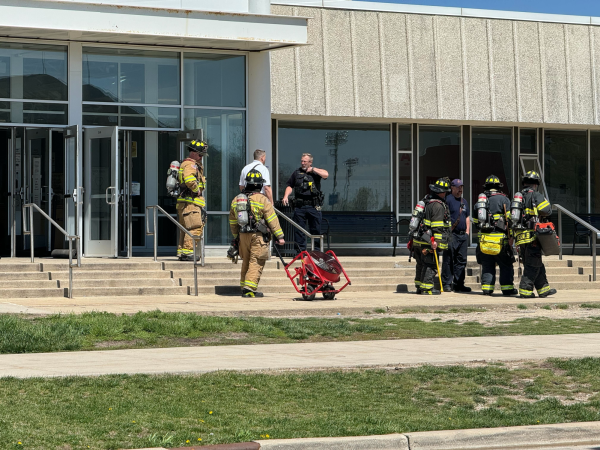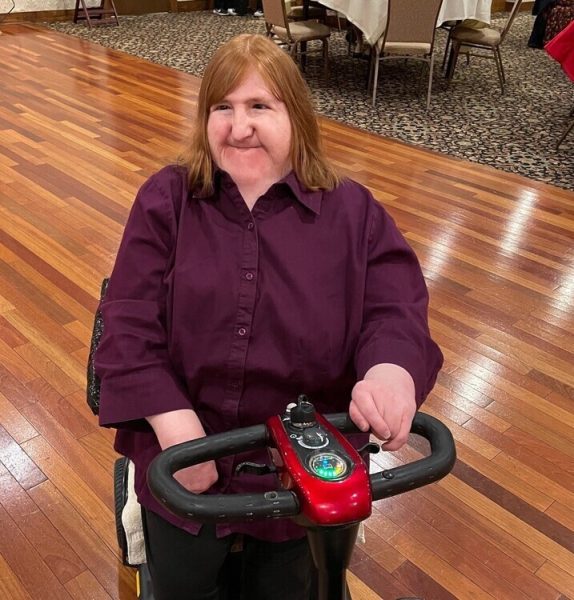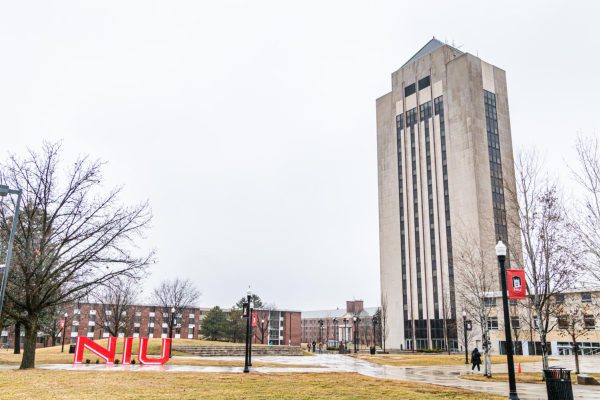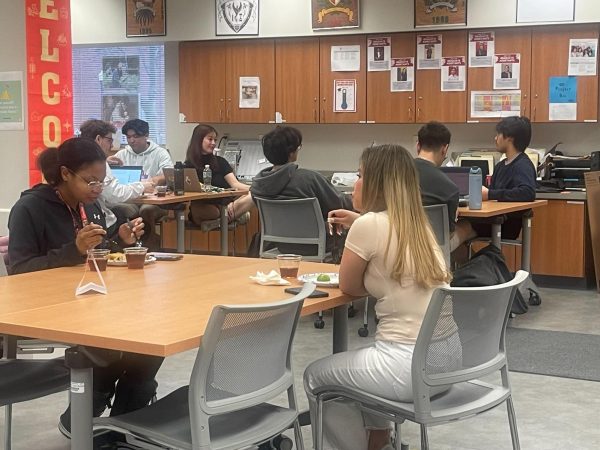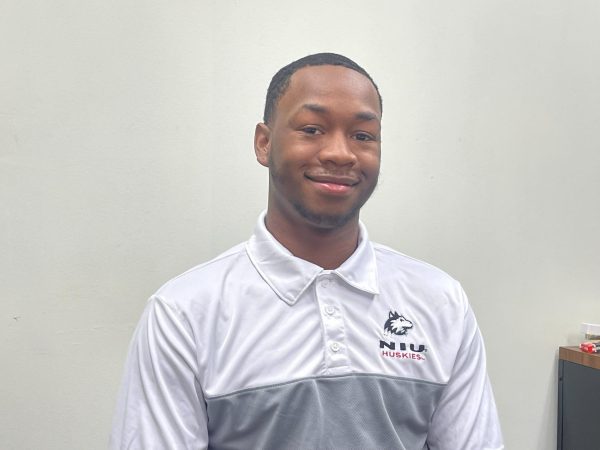School of nursing faces staff shortage
April 27, 2005
About 35 faculty members oversee 600 students in the NIU School of Nursing, causing shortage concerns for some faculty and students.
“Faculty are scarce, but because we are an excellent university program with a very good reputation, we are able to fill our positions,” said Brigid Lusk, acting chair for the School of Nursing.
Nursing instructor Diane Eadler said all the nursing instructor positions are filled; the school has not lost faculty, but just hasn’t added any faculty.
“The university needs to realize they need to allocate more funds for faculty,” she said.
Part of the reason schools are seeing low numbers of faculty is because salaries are higher in the field as opposed to academia. In the past, doctorally prepared nurses would work in academia, nursing professor Ayhan Lash said. But because they have credentials to teach and conduct research, hospitals began to hire them to conduct research.
“A typical assistant professor may earn $45-48,000 a year,” Lash said. “A nurse-doctorate working for a hospital can easily make approximately $100,000.”
The age of the faculty members and that they are predominantly female are also factors to consider, Lusk said. Typically, nurses practice for 10 or 20 years before getting a degree. They experience family concerns and want to switch to part-time, she said.
Senior nursing major Marisa Albanese said those age 65 and older make up 13 percent of the national nursing population. As the baby-boom generation ages, the figure will double in the next 20 years.
“The health care crisis dictates that nurses have more to do, more to learn and less time to do it,” she said.
Albanese said she thinks there is a nursing faculty shortage at NIU. In her track, which will graduate in December 2006, there are about 60 students per class, per teacher, she said. The amount of material professors need to cover in one semester prevents a lot of class discussion.
“The teachers have so much to do and not much time to do it in,” Albanese said. “It makes it stressful for all of us.”
It is also not uncommon to hear about schools stealing one another’s faculty, Lash said.
“There is not a week I do not receive an invitation to apply for a faculty position elsewhere,” Lash said. “I know I am not the only one receiving these invitations.”
If schools do not pay attention to the shortage of nursing faculty, they could lose them. This could affect the quality of teaching, Lash said.
There have been “so many qualified students” the school has had to deny admission to because of the number of faculty, Eadler said. For the last two semesters, there have been about 950 qualified applicants for 70 admission slots. Eadler cites NIU’s track record of high scores on board exams as a reason for the increased number of applicants.
Sophomore nutrition major Margaret Wojdyla did not come to NIU as a nursing major, but by the end of her first semester realized that is what she wanted to do. She researched the shortage of nurses and the importance of the job.
“Nursing is much more than just sticking people with needles,” she said.
After taking all the prerequisites for admission, she applied but did not get in. When she called the nursing school, she was told there were hundreds of applicants, but only 65 were accepted because of faculty shortages.
“So even though I had completed all the prerequisites and had the required GPA, I didn’t get in because of the faculty,” she said. “Now I have about 25 credits hours in areas in which I wouldn’t have studied otherwise.”
Lusk said schools cannot educate more nurses without faculty. Although the school has not cut programs in any way, there are plans in place to deal with the faculty demand. In the fall, an instructor position will be opened, and the school will likely fill it with an adjunct professor since “it’s hard to get someone full-time,” she said. The school is also hoping to offer a new specialty in the master’s program which includes a nursing education course of study to get instructors back in the classroom.
The school also has arrangements with Kishwaukee Community Hospital. Two days a week, a manger from the hospital acts as a clinical faculty member, Lusk said.


